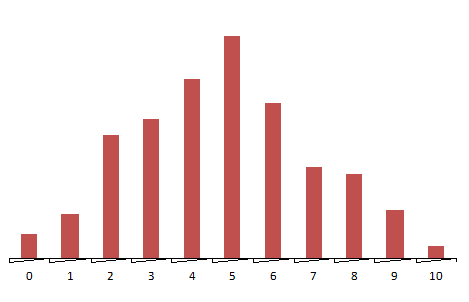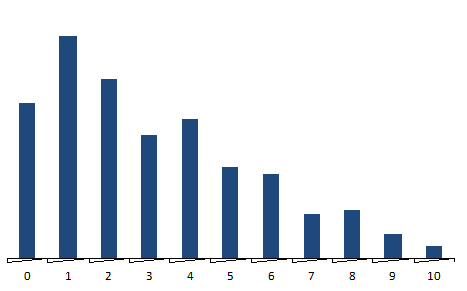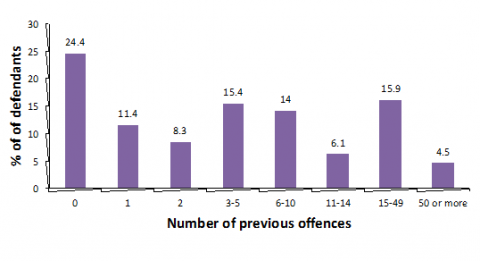Were the rioters 'career criminals'?
In a recent article in The Mail on Sunday, Home Secretary Teresa May wrote of the August rioters:
"On average each rioter charged had committed 11 previous offences. In other words, they were career criminals"
This echoes a report by the Ministry of Justice on the 1,984 individuals bought before courts charged with offences related to rioting, which states:
"In total, those brought before the courts have committed nearly 20,000 previous offences, at an average of 11 previous offences per individual (or 14 previous offences per offender who has at least one previous offence)."
Join 72,953 people who trust us to check the facts
Sign up to get weekly updates on politics, immigration, health and more.
Subscribe to weekly email newsletters from Full Fact for updates on politics, immigration, health and more. Our fact checks are free to read but not to produce, so you will also get occasional emails about fundraising and other ways you can help. You can unsubscribe at any time. For more information about how we use your data see our Privacy Policy.
But is there more to the figures than meets the eye?
Analysis
The first point of interest is that the figures mentioned by the Home Secretary and the Ministry of Justice seem hard to reconcile with the age profile of those brought before the courts.
According to the same report, 53 per cent were under 21, and only five per cent were over 40. The conclusion that those brought before the courts were 'career criminals' could be considered as fitting with this average of previous offences, but not the apparent youth of many of the individuals involved.
So how can we make sense of this apparent contradiction?
The '11 previous offences' figure in the Ministry of Justice report is, as stated, a 'per individual' figure. It can be obtained by dividing the number of previous offences by the number of individuals brought to court. This is the 'mean' of the data — the most common way that an average is reported.
However, it must be borne in mind that the mean is only valid when a number of assumptions are met.
The most important assumption is that the variable being examined is normally distributed. This means that, if we were to plot the number of previous offences (0,1,2,3, etc) on the x axis of a graph, and the number of individuals with that number of previous offences on the y axis, we would see something that looks like this:

When data are distributed normally like this, the mean falls somewhere that is fairly representative of the overall data, and the mean is an informative value.
However, sometimes data can be skewed like this:

Where this happens, reporting the mean can be misleading, because the long 'tail' of the distribution 'drags' the average and can help create a picture that does not help us understand the data.
Where this occurs, it is more appropriate to report the 'median'. In this instance, the median is what you would get if you were to rank each individual that had been brought before the courts by their number of previous offences, e.g. 0, 0, 0, 0, 0, 1, 1, 1, 1, 2, 2, 2, and then record the number of offences of the individual that appeared halfway up the ranking.
In normally-distributed data, the median is similar to the mean, but in skewed data they can be very different.
Although the Ministry of Justice does not make the full dataset available, we can have an approximate look at its distribution based on the categories of 'number of previous offences'.

The median corresponds to the 50th percentile in the data. In this case, the median number of previous offences would be found in the '3-5 offences' category.
Looking at the data separately for juveniles and adults from the same report, the medians would be found in the '1 offence' and '6-10 offences' categories respectively. A mean of 11 previous offences does not closely correspond to a median of between 3 and 5 previous offences. It may be that the presence of a relatively small number of genuine 'career' criminals distorts the true picture.
Conclusion
The Ministry of Justice's additional statistic of 14 previous offences based on just those offenders who have at least one previous offence demonstrates some acknowledgement of the possible skews in the data.
However, while they are technically correct to report a 'per individual' rate of 11 previous offences, this is a mean statistic, whereas it would arguably be more appropriate to quote the median.
The Home Secretary's comment referring to career criminals may thus only apply to a smaller subset of those brought before the courts with riot-related offences.
----------
If you would like to write your own factcheck, feel free to email us at team@fullfact.org